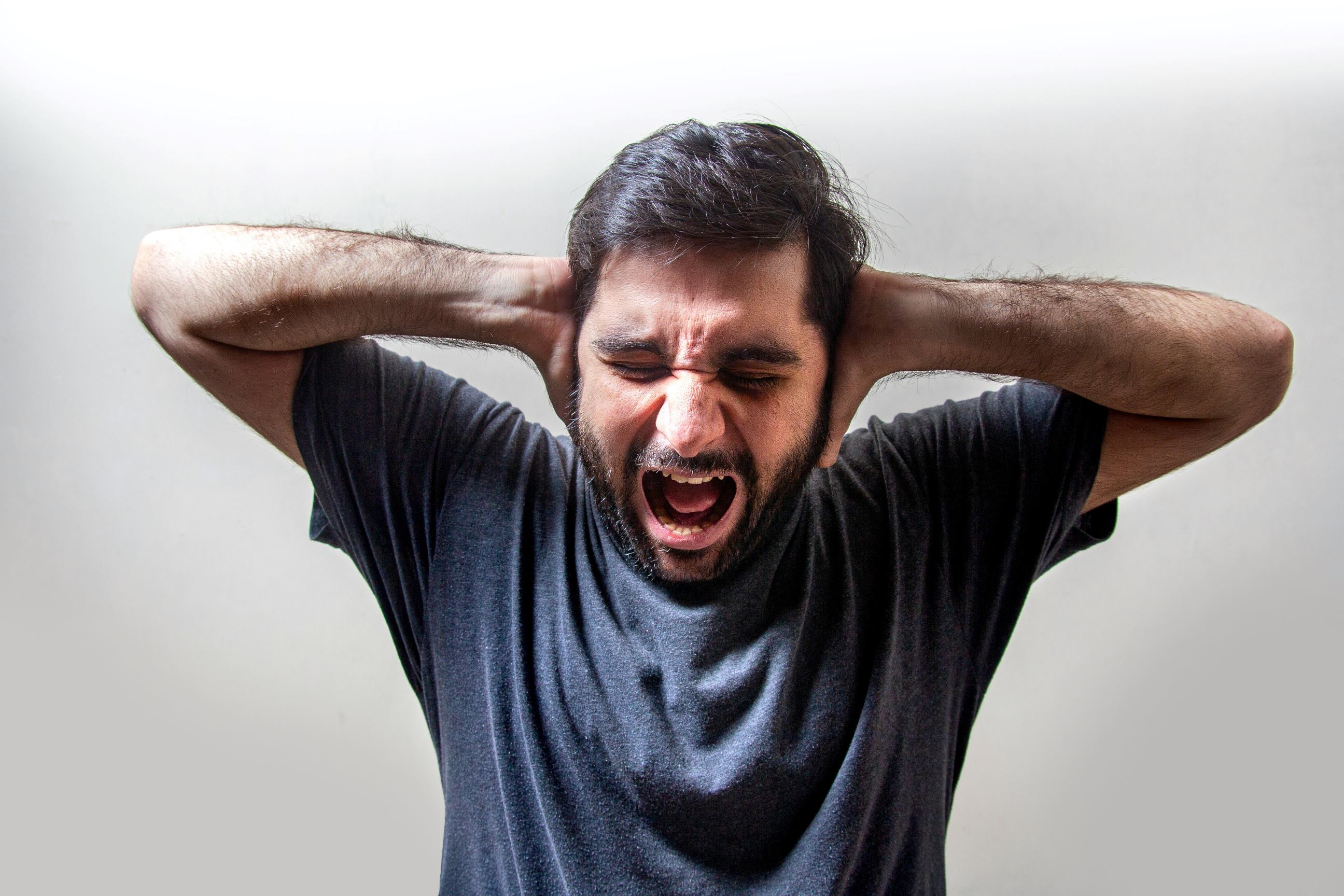How to Handle Overwhelm When You’re Living With Multiple Diagnoses
Maria Alonso on September 4, 2025 at 9:12 AM

It’s hard enough having to live with a single diagnosis, let alone having to deal with multiple, but many people still juggle them bravely. The day begins without instructions and ends without resolution, and in between is a list of symptoms longer than anyone would want to admit. Sleep gets strange. Time folds in on itself. The idea of balance seems so abstract, so distant, as if peace were something meant for people with simpler brains. However, for those living with multiple diagnoses, finding a way through all that noise – both internal and external – doesn’t have a proper alternative, as it’s what keeps the roof up.
What does it mean to be living with multiple diagnoses?
Nowadays, psychiatric diagnoses will rarely end with a single label. According to this article published by the University of Colorado, most people diagnosed with one psychiatric disorder will, eventually, receive another. Or two. Or three. This is simply an illustration of how the brain’s symptoms don’t line up so neatly into categories.
Someone with anxiety might also deal with obsessive thinking. That very same person may experience depressive episodes or periods of compulsive behavior or issues that might even stay hidden during therapy. A third of individuals with mental health challenges have four or more diagnoses. So we’re talking about reality – the way things stand – not something marginal.
How to handle overwhelm when you’re living with multiple diagnoses
There are no golden steps – there are fragments of routine, mismatched advice from friends who mean well but don’t know, hours that slide between overmedicated fatigue and painful lucidity, the fact that even naming what’s going on inside your head takes energy you don’t always have at your disposal – this is the terrain we’re dealing with, this is the day-to-day when living with multiple diagnoses. Let’s look at what a person can do to protect their peace.
Whatever you do, don’t combine what shouldn’t be combined
Some habits tend to stay long even after you meant to quit them. It happens to people with one diagnosis, and it happens even more often to people with several, especially when what you're juggling includes mood swings, paranoia, emotional numbness, or dissociation that can make choices feel both urgent and completely irrelevant. That’s where risks begin. For instance, mixing alcohol with antipsychotics will introduce a pharmacological conflict that the body isn’t equipped to handle. The liver can’t divide its focus. Neither can the nervous system.
Every prescription is calibrated for a purpose, and introducing substances outside that framework interferes with function in ways that are physiological, not personal.
Go somewhere that makes you feel like your body still works
The outdoors is a contradiction – you can feel like you don’t belong anywhere and still understand what it means when the sun hits your face in the morning.
This isn’t a call for mindfulness, but a physical intervention. Take your body outside and let it remember that it exists. Walk for five minutes. Sit in the same place twice a day and watch the leaves shift color or the light change tone. The mind will try to convince you that it’s pointless, but the body knows better.
Regular movement helps. That doesn’t necessarily mean hitting the gym. It can mean walking fast enough to change your breathing, or doing something where your limbs extend and fold and stretch and lift. Additionally, it helps with sleep, and it helps with panic, too. It won’t magically fix a diagnosis, but it might slow down the collapse that sometimes comes when they all flare up at once.
Let your brain go somewhere it doesn’t need to be fixed
Art can open up another channel. When everything internal feels like a diagnostic checklist – sadness, impulsivity, dread, compulsions – making something or simply enjoying art allows for a kind of mental pause. You can draw or paint or throw your voice into a choir or just hum something tuneless in the shower. The brain isn’t an art critic; it doesn’t care if it’s good. The brain likes input.
Some people listen to free, avant-garde jazz until it starts making sense. Others lose themselves in sculpture, digital design, or film. It doesn’t matter what medium you use. What matters is that there’s space where you’re not being asked to process yourself all the time. Living with multiple diagnoses means your brain is often in emergency mode. Art says: Here’s a world where there’s no emergency.
Write, even if it isn’t meant to be published
Writing doesn’t necessarily have to lead anywhere. You don’t need to make sense. You just need to get something out of your head and onto that blank page. It doesn’t have to be structured. Start with three sentences about what hurts. Add two sentences about breakfast. Describe your therapist’s haircut in rhyme. Talk to yourself on paper in ways you probably wouldn’t talk to your friends or family.
People who live with depression, OCD, panic, and trauma often carry entire conversations in their heads for days. Let some of it out. The act of writing doesn’t erase the thought, but it removes its power to multiply inside your skull. Words become structure. Even a broken structure helps. However overwhelming times might get, a sentence is still something you can control.
Keep the water from boiling
Living with multiple diagnoses means you’ll have to learn to notice the minor shifts early on. When routines start slipping, when thoughts get crowded, when the bed feels like a trap – that’s when you should act.
Do the boring things. Eat healthy food and exercise. Take the medication. Leave the apartment. Talk to someone even if you feel like you’ve got nothing useful to say. The plan doesn’t need to be perfect – even a rough, clumsy structure is enough to start. The plan needs to be real. One day at a time. Focus on getting through Tuesday. Deal with Wednesday when it comes.

0 Comments
No comments